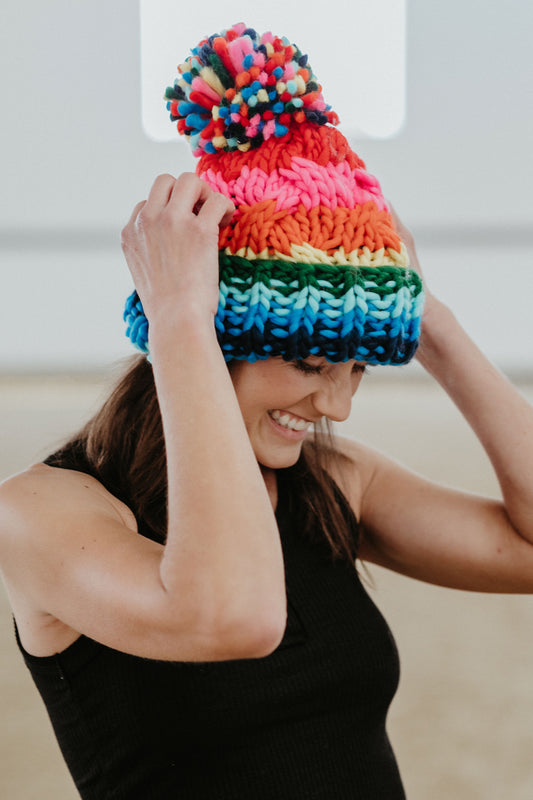Understanding Hygge: The Danish Secret to Happiness
The term 'hygge' (pronounced hoo-gah) has, in recent years, made its way from Denmark to the broader world stage, sparking interest and inspiring people to focus on the little things in life that bring joy and comfort. Originating from a Norwegian word meaning well-being, hygge is often translated into English as coziness, but it is more a philosophy than a mere adjective; it is a way of life that embraces the art of creating intimacy, conviviality, and contentment with simple pleasures.
The Elements of Hygge
Hygge is characterized by several foundational elements that contribute to a warm, relaxed atmosphere. It involves an appreciation for the present moment, a focus on the simple things in life, and making ordinary events feel special. Winter might be the high season for hygge with its emphasis on warmth and light during the darkest months, but indeed, it is a year-round pursuit, adaptable to any season or situation. Key elements often include soft lighting, comfortable furniture, warm textiles, and the presence of friends and family.
Creating a Hygge Environment
Incorporating hygge into your space means creating an environment that reflects warmth and comfort. This can be achieved by layering textures with blankets and throw pillows, using soft ambient lighting such as candles or fairy lights, and incorporating natural elements like wood and stone. A cozy nook with a plush armchair by a fireplace epitomizes the hygge aesthetic but is not a requirement; even in a small or minimal space, hygge can thrive with thoughtful, comforting touches.
The Hygge Lifestyle
More than the physical environment, hygge is a mindset. It is about slowing down, being present, and savoring the joy of the mundane. In practice, this means taking the time to enjoy a hot beverage in quiet reflection, gathering with friends for a home-cooked meal, or simply reading a good book under a soft blanket. Hygge is often associated with self-care, encouraging practices that promote personal well-being and relaxation.
Nurturing Relationships Through Hygge
While much of hygge is about personal contentment, it also has a social dimension. Danes often pursue hygge in a communal sense, deepening relationships and fostering a sense of togetherness. This might mean hosting a casual dinner party, having a game night, or simply spending quality time with loved ones. Hygge celebrates togetherness and the simple pleasure of each other's company without the distractions of our fast-paced, digital world.
Hygge Through the Seasons
While winter may be the quintessential time to indulge in hygge, each season offers unique opportunities to embrace this practice. Spring invites picnics and outdoor gatherings, summer emphasizes lazy days and nature, while autumn calls for warm drinks and cozy sweaters. Hygge is adaptable and encourages finding joy and comfort regardless of the weather or time of year.
The Benefits of Embracing Hygge
The hygge lifestyle holds many benefits for physical and mental health. It promotes relaxation, reduces stress, and encourages a more mindful and appreciative way of living. Studies have even suggested links between hygge and the consistently high happiness levels reported in Denmark. By creating an environment and lifestyle that values comfort, relationships, and well-being, hygge offers a path to greater happiness and satisfaction in life.
Conclusion
Embracing hygge is about more than just fluffy blankets and candlelight; it encompasses a comprehensive approach to living that fosters happiness, contentment, and community. In a world that often prioritizes productivity and material success, hygge holds out the reminder that sometimes, the best moments of life are the simplest ones. By cultivating an atmosphere and attitude centered on coziness and comfort, we can all bring a little more hygge into our lives.
Shop Wonder Equestrian








